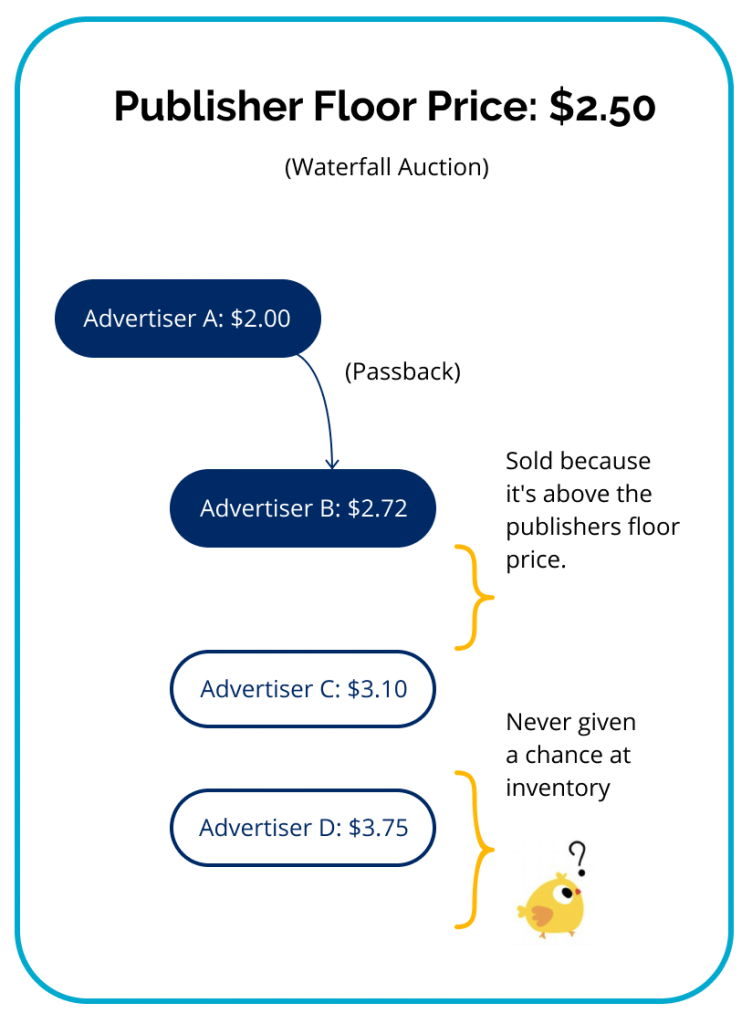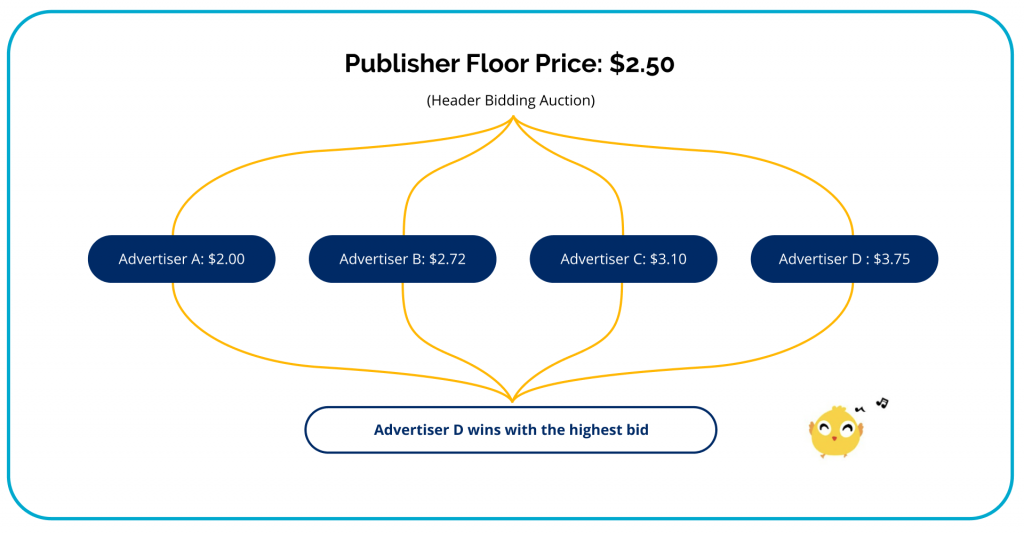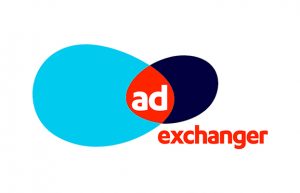
Publishers who have yet to migrate into header bidding as their primary programmatic have a lot to consider before they make that decision. Questions such as what header bidding even is compared to other RTB (real-time bidding) solutions, or what a header bidding wrapper could possibly be are at the forefront.
These are valid questions for any publisher to be asking before making the switch, particularly those familiar with other programmatic solutions who already have relationships with demand partners underway. The preconception that getting a functional header bidding structure running is difficult is only partially true. Publishers who choose to work directly with an open source header bidding wrapper will find this to be the case, but a managed header bidding wrapper negates this hurdle and makes it possible for a publisher of any size to take advantage of ad tech’s fastest growing programmatic and the yields it promises.
Properly utilizing prebid knowledge and the use of header bidding wrappers will be the key to success, but first a publisher should understand the differences between waterfall and header bidding.
The Difference Between Waterfall and Header Bidding

Most publishers are familiar with the traditional waterfall method. Demand partners are chosen sequentially based on their average historical yield, which in layman’s terms means the average amount of money the partner has made for the publisher over time. The ad server goes down the list from highest to lowest historical yield, stopping and serving an ad once it reaches a bid that meets the publisher’s minimum bid request regardless of potential higher bids further down the demand list.
The weaknesses of programmatic waterfalls are readily apparent:
- Demand partners who have little to no history with a publisher have a slim chance of selling their impressions unless the partners higher in the stack pass on the request.
- There is a soft cap to publishers’ CPMs, as a daisy-chaining ad server will simply pick the first partner within a set sequence that meets the bid request.
Header bidding is an advancement of this programmatic technique in that it nullifies both of these weaknesses by removing the sequential factor altogether, to the benefit of both publisher and advertiser.
With header bidding, all offers are considered simultaneously by the ad server and the highest bidder wins the impression. This is done without considering average historic yield, which has served as a bottleneck for newer partners within an ad network to have their bids considered and prevents many from garnering the yield required to see any sort of actual visibility within a programmatic waterfall network.

On the side of publisher benefits, CPMs are higher overall with header bidding than with waterfalling. With demand partners competitively placing bids, larger partners cannot rely on the waterfall sequence to give their lower bids first consideration. Header bidding partners who want to be seen will place offer amounts they think will win, creating a more competitive environment that fosters higher CPMs as impressions are bought for what demand partners actually think they are worth.
The shift from sequential to simultaneous impression bidding, also called a “fair auction,” has reinvigorated ad tech as it allows partners of all sizes to bid at levels they deem necessary to overcome competitors’ bids. In turn, publishers see higher CPMs as demand partners can bid past premium thresholds to net visibility on this new, more even playing field, competitively at values they think will win, rather than simply meeting or slightly surpassing the minimum bid price.
The drawbacks to header bidding are minimal and outweighed by the benefits provided by a header bidding wrapper that is set in place and properly configured.
What Is a Header Bidding Wrapper?
The header bidding wrapper, or prebid wrapper, is the beating heart of this programmatic solution. The wrapper itself is a Javascript code placed on a site that triggers the bidding process between a publisher and their ad demand partners once the user loads a page. The wrapper handles the process using a set of parameters meant to optimize the backend of the process, while minimizing maintenance on the part of the publisher and reducing load times for users. A managed prebid wrapper also includes analytics tools that a publisher wouldn’t have access to otherwise.
In addition, by being contained and independent, the header bidding wrapper functionality is separate from other code present on a page. This means that header bidding behavior can be adjusted without making updates to the publisher website. A publisher shouldn’t have to intervene with their prebid wrapper code unless adjusting their list of header bidding demand partners. This reduces the time it takes for changes to be deployed and reduces reliance on developer resources.
One of the detriments that publishers running very custom early header bidding implementations complained about the most was an increase in page load times. This is indeed the case when running prebid without a wrapper that provides fine grain control of the bid process. Bid calls take time, and those fractions of seconds add up when making swaths of bid requests simultaneously. A header bidding wrapper solves this issue, as publishers can set “timeouts” with a maximum duration the publisher is willing to wait before the bid is accepted and an ad is served. If a partner does not respond to a call within the set timeout threshold, they are simply not included in the bidding pool for that impression. Managing timeouts effectively help improve the page load, user experience, and provide improved viewability for the ad.
While it is possible to attempt header bidding without a prebid wrapper, such an effort does not have the benefit of finely tuned timeouts, and it requires manually managing header bidding partners’ code on a page when a publisher’s preferred partners shift or when major header changes are made. One might argue a publisher isn’t actually using header bidding if they aren’t running a wrapper on their site, as the differences between the two in terms of effort and return are considerable.
With this all in mind, publishers just getting started using prebid may consider an open source prebid wrapper like the popular free and open source Prebid.js. The trouble with open source header bidding wrappers is they are not easy to implement and take a skilled developer to build into something workable. It is possible to take this responsibility on, but for most publishers it creates more of a burden than an advantage.
What is a Managed Wrapper?
Third party-managed header bidding wrappers are the bread and butter of programmatic header bidding solutions for most publishers due to the difficulty of self-building and managing Prebid.js. Managed wrappers require minimal ongoing input from the publisher themselves. Instead, the third party manager running the wrapper handles its maintenance and optimization. These are customized by the third party and can be rich with tweaks and analytics options depending on the provider.
In addition, selecting a third party that specializes in prebid.js management means you benefit from the best practices they have identified by working with all kinds of publishers, and allows you to focus on the rest of your business. It’s like hiring an expert to manage your SEO, because that’s all they do, all day long. The same is true of third-party managed header bidding wrappers. They know the ins and outs of optimizing the wrapper, including the ability to:
- Improve page performance and viewability with techniques like lazy loading, viewable refresh and more, to ensure the value of inventory is retained by improving viewability.
- Manage implementation with a simple script that includes identity modules, timeouts, flooring management and more.
- Maximize revenue for all your audiences with yield management.
- Utilize machine learning to continuously test and improve.
How To Select Your Partner
Your managed solution provider should know all the ins and outs of optimizing the wrapper and how all of the programmatic pieces fit together for your benefit, providing you the peace of mind so you don’t have to worry at all about your programmatic advertising. There are 3 key things to consider when selecting your partner: 1) Customization, 2) Optimization, and 3) Management.
Customization
Every site is unique, so when it comes to customization your configuration should be customized so that it aligns to your goals for your properties. The audience is critical to the performance of your ads. Be sure to dig into how your providers’ technology focuses on the reader. You’ve put a lot of time and effort into your site and building your audience, the last thing you want to have happen is have an inappropriate ad appear on your site. Ask what kind of controls are available to ensure this doesn’t happen. Technology changes rapidly, so it’s critical that your partner be adept at managing identity solutions, 1st party data, and CMPs.
Optimization
What works today may not work tomorrow, so testing must be continuous, automated and smart. Ask your provider for some examples of testing that have driven an unplanned change and improvement. With all the data that is available in programmatic, utilizing machine learning really helps set the providers apart. Be sure you understand the role machine learning plays in their optimization strategy. Maximizing yield using a holistic view and based on every user is possible with the right optimization strategies.
Improving page performance and viewability while ensuring the value of inventory is critical. Once you have a baseline set, other optimization techniques could and should be implemented. Lazy loading, viewable refresh, and sticky units can be customized and optimized based on your audience and goals. Optimization is a continuous process based on the changing technology landscape, seasonality, audience changes, and demand availability.
Management
Be sure your partner will do all the heavy lifting to ensure a simple implementation, including setting up identity modules, timeouts, flooring management and more. Your provider should only take a fee on what they manage and impact, beware of providers that take a share of revenue beyond their control. Being transparent is something you don’t want to take for granted. Not all providers will share the data and insights they use to optimize your programs, for fear that you may decide to tackle it on your own. A provider that knows their true value, will be 100% transparent, which demonstrates where they are actually adding value. Partners that provide both client-side and server-to-server bidding offer a more comprehensive approach to header bidding, it shouldn’t be either or, but both. Last but not least, ask how your provider will partner with you to grow your revenue. Be sure you understand what falls under Account Management so you know what to expect and get explicit about the various levels of customer support.
Now you’ve done your homework, are you ready to choose your partner? We’d love to be in your consideration set. If you’d like a complimentary site audit, schedule time so we can show you how PubWise can help you drive more revenue.




